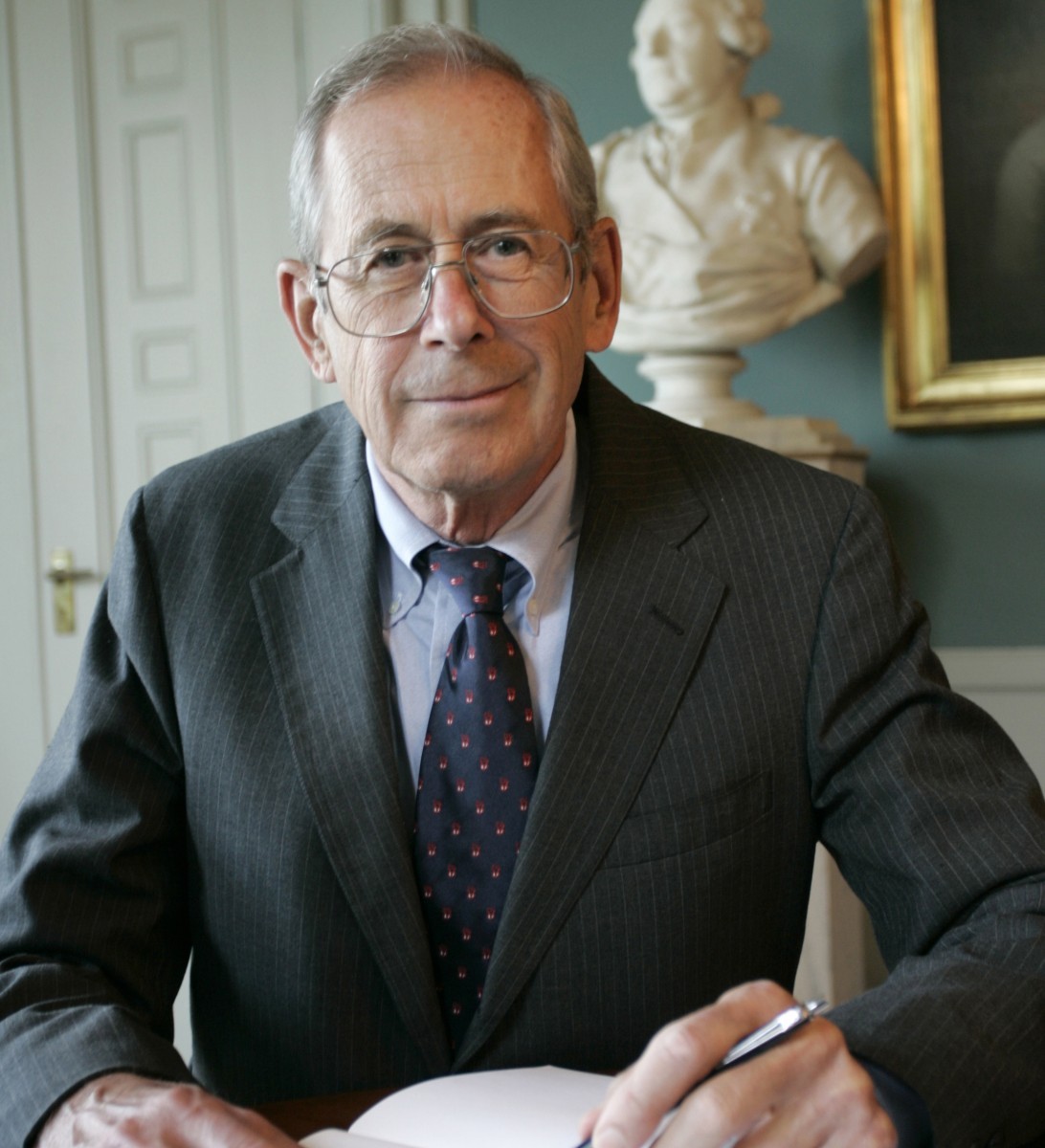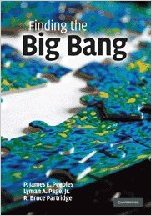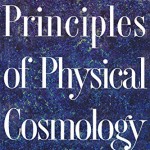
James E. Peebles. Image courtesy of the Royal Swedish Academy of Sciences
So what can you do with a science degree?
Meet science grad Jim Peebles, Physics major, [B.Sc. (Hons)/58, D.Sc./89], Albert Einstein Professor of Science, Emeritus, Princeton University
Jim Peebles’ brilliant career as a physicist specializing in cosmology began with what was in certain ways a gamble.
In the early 1960s, he’d aligned himself with a small group of scientists who were following developing evidence that the universe began with the Big Bang and that thermal radiation left over from it might be detectable and help test this theory. Other scientists, however, disagreed, arguing among other things that the universe had no end or beginning.
Although evidence began pointing towards the Big Bang in the late 1960s, Peebles says there were times when he too had doubts.
“For several years, I was writing papers on this subject but feeling very uneasy,” recalls Peebles, the Albert Einstein Professor of Science Emeritus at Princeton University. “I wondered whether perhaps I should spend more time on the solid limb than the speculative one.”
Science for Peebles is in some ways like a mature tree: there are the thick, sturdy branches of well-established knowledge that stretch out and offer rewarding, if not always exciting, careers. Then there are the younger, more fragile branches that may or may not bear out the weight of new theories that offer the opposite: exciting, if not necessarily rewarding careers.
Peebles has tried both these paths and believes each has its value.
“If you go out on the well-established branches, you’ll maybe add a decimal place or if you’re dead lucky, you’ll stumble across something,” says Peebles. “But your odds of finding something really new are much improved if you’re willing to gamble—but of course, you’re gambling. You’re spending a lot of your time on an idea that may be fallacious.”
Fortunately, Peebles and his colleagues were right about their prediction, and their work led to the recognition in 1965 of a sea of radiation left over from the Big Bang. Still, it wasn’t until some 25 years later that two different groups of researchers—one with an instrument on a satellite and the other with an instrument on a rocket—were finally able to corroborate the theory.
“Now, I think the network of evidence for the hot Big Bang is so well crossed-checked, so tight, that I think it’s established,” says Peebles. “Yes, there was a Big Bang, Virginia.”
Peebles grew up in Winnipeg and as a child spent time in his father’s basement workshop.
“That’s probably where I got interested in mechanics, electronics, magnetism, etc.,” he says.
Still, he spent much of his grade school days day-dreaming.
“I was a smart ass until I got to the University of Manitoba,” he says. “I had my first shock being among people who knew more than me.”
Prior to university, Peebles wasn’t aware that physics was an actual field of study. He took two years of engineering before a friend convinced him he’d be happier if he switched to the physics classes he enjoyed so much.
“The classical physics that has stood me in good stead here, much of it I learned at the University of Manitoba,” he recalls from his office at Princeton.
Peebles decided to head to Princeton on the advice of Ken Standing, one of Peebles’ physics professors and himself a Princeton grad. By then, Peebles was interested in an academic career, so he boarded a train for New Jersey with his wife Alison, whom he’d also met at the U of M.
It took a few months before he embraced the subjects he became famous for, however.
“I arrived not being at all interested in doing research in cosmology, astrophysics and gravity physics,” says Peebles. “I was keen on quantum physics and the quantum theory of particle physics.”
That, however, changed when he began attending Robert Dicke’s Friday night research group meetings. It was Dicke who proposed looking for thermal radiation left from a hot Big Bang. Peebles says Dicke casually suggested that two young members of his research group, David Wilkinson and Peter Roll, build an instrument to look for the radiation while Peebles should think about the theoretical implications of finding it—or not.

Finding the Big Bang, by P. James E. Peebles (Editor), Lyman A. Page Jr. (Editor), R. Bruce Partridge (Editor). Cambridge University Press; 1 edition (April 27 2009).
A few years after the identification of thermal radiation, Peebles wrote the seminal book Physical Cosmology. It was a new style of book on cosmology because it included actual experiments that helped make cosmology a broadly-based physical science.
Peebles says he wrote the text because his colleague John Wheeler was so impressed with a graduate course on cosmology Peebles was teaching that he urged Peebles to write a book about it. Peebles obliged, but only after Wheeler threatened to sit in on the classes and write the book himself.
“I do have strong tendency to leave well enough alone,” says Peebles. “Luckily, I’ve always been surrounded by people who wouldn’t let me get away with it.”
Peebles has since made critical contributions to the theories of dark matter and dark energy, as well as to big bang nucleosynthesis. When asked how young scientists can achieve similar levels of success in their careers, Peebles harkens back to the tree.
“Consider balancing your career between the two limbs: the sturdy one that’s maybe dull and the shaky one that may break off,” he says. “Try both directions. They both can be rewarding, but the shaky limb can be fun. Truly.”







